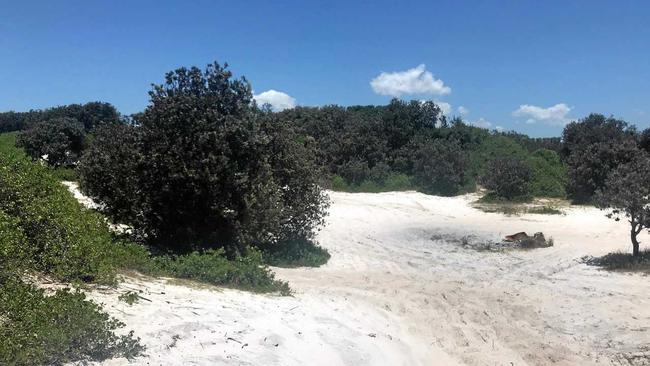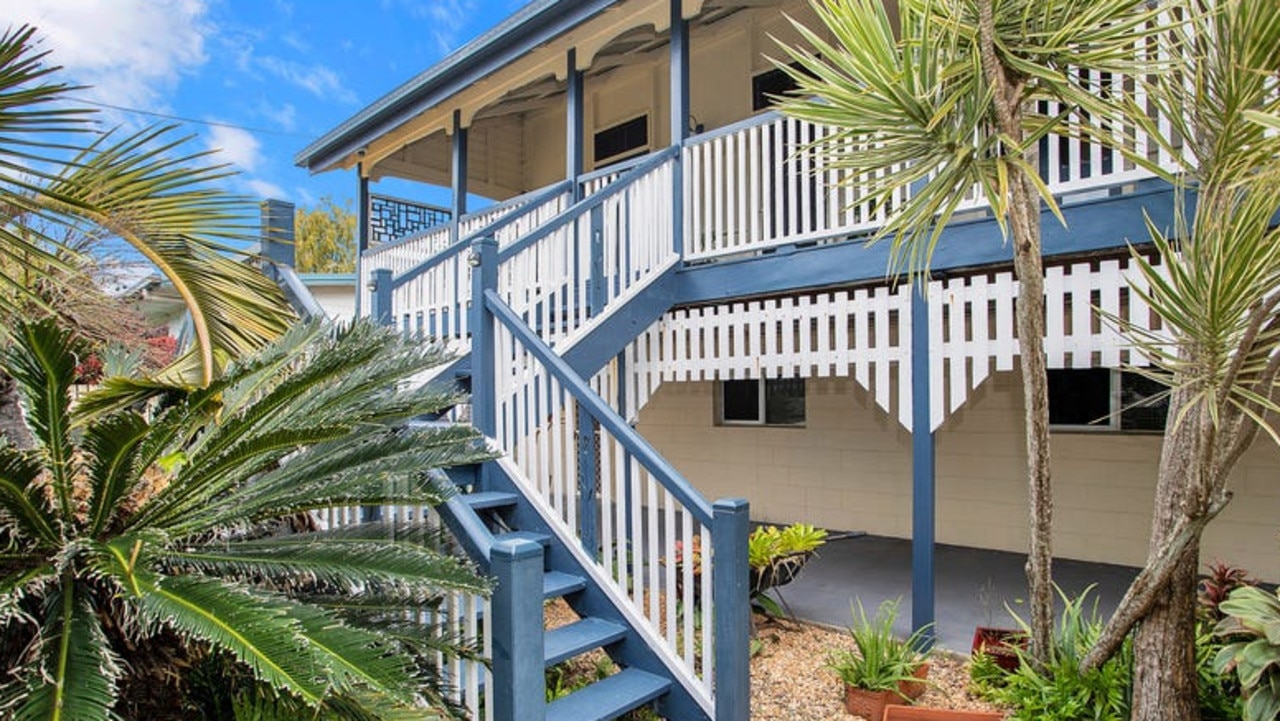Buried treasure at Ballina: Myth, or time to start digging?
LEGEND has it the treasure was owned by German people living in Australia and buried just before the outbreak of the First World War.

Mackay
Don't miss out on the headlines from Mackay. Followed categories will be added to My News.
IF you're hanging out for that big Lotto win to rid yourself of the daily grind of work, it might also be worth investing in a $20 shovel from Bunnings.
But rather than picking a few random numbers which you hope will be drawn (yes, please!), getting hold of this bag of cash will take a bit more physical effort.
And the odds of winning, it seems, are a lot longer than the offerings of the dropping balls.
You see, as legend has it, there is treasure at South Ballina, and a few long-term locals like to re-tell the tale.
The treasure doesn't seem to have any official record, but the book Australia's hidden treasure: A guide to treasure hunting and what to look for and how to find it by Jeff Toghill and published in 1988 details the story.
Toghill writes that back in 1914, as war loomed, German people living in Australia knew they would be interned once war was declared.
Some, particularly those in capital cities, had amassed sizeable fortunes.
"Fearing that these would be confiscated, they took them to the German Consul in Sydney for trans-shipment to Germany," he wrote.
Before war was officially declared, a chest reputed to have 2500 sovereigns and quantities of personal jewellery was placed aboard the steamer Sedlitz.
So the story goes, the captain of the ship feared his ship might be captured on its voyage and the precious cargo lost, so he decided to bury the chest on a beach in northern NSW, feeling it would be safe and could be recovered after the war.
While Toghill is not sure which beach was involved, there is every chance it could be at South Ballina.
And that is because the village of Empire Vale on the south side of the Richmond River was known before World War I as German Creek, so maybe the ship's captain thought there was a German community living locally.
The captain of the ship was killed during the war, and Toghill writes that the secret location of the treasure has been lost with him.
He writes that many locals in the Ballina area have searched the southern beaches for the chest, but without success.
And in 1938, two Germans who claimed to have knowledge of the location of the treasure are said to have also searched the area, again without success.
"Although no documentation has ever been found indicating either its existence or location, the story of the beach treasure has a ring of authenticity about it," Toghill writes.
"The most likely source of useful information would be the log of the steamer Sedlitz but she was either sunk in the war or broken up shortly after, and no trace of her log has been found.
"Records in the German Consulate can throw no light on the mystery, nor did any of the Sedlitz's crew come forward with information."
He writes that changes to the dune system could mean that the alleged treasure may now be well inshore.
So, even if there is treasure in them thar sand dunes, it will be well and truly buried now.
But before you race off with that shovel, be aware the land behind the dune system is privately owned.
So that means it's back to 5, 23, 37, etc -- and crossing your fingers.
Originally published as Buried treasure at Ballina: Myth, or time to start digging?


